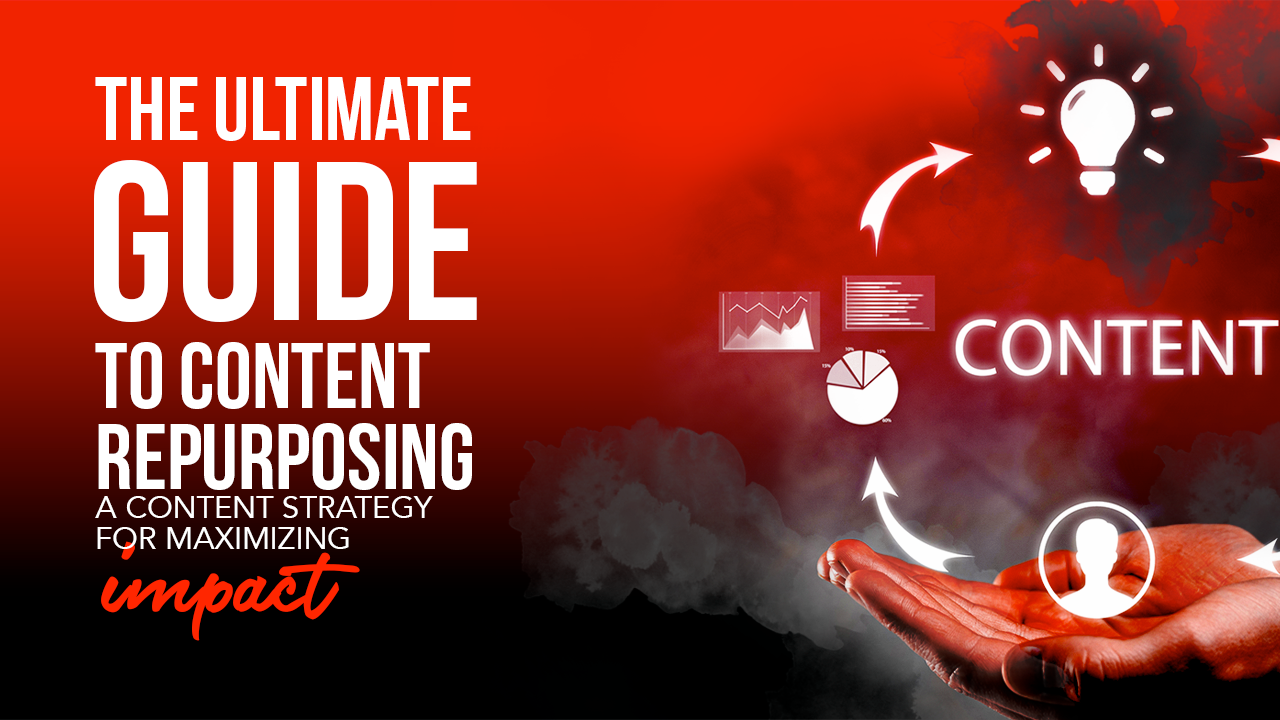[vc_row][vc_column][vc_column_text]
Google Local Guides are our most popular request these days after Google+ is over.
Google’s official explanation to us is that the shutdown was due to a security breach. Maybe it was.
Google+ was a great component of local SEO strategy. When a Google+ user used their account to share pictures and links, Google would post those links and they would come up in search results within the next hour. This was important to promote business locations.
Marketers who use Google SEO for local business are now looking for other ways to spark those local SEO numbers.
What Is Google Local Guides (GLG)?
Local Guides is a global community of explorers who write reviews, share photos, answer questions, add or edit places, and check facts on Google Maps. Millions of people rely on contributions like yours to decide where to go and what to do.
How To Open Google Local Guides?
When you sign up as a GLG user, you are immediately at Level 1, even if you have no points. At this level, you will receive a monthly newsletter, can join workshops and hangouts, and have the chance to enter exclusive competitions.
Once you have gained five points, you move up to Level 2. This gives you the additional benefits of early access to new Google products and features, and the ability to promote meet-ups on the Local Guides calendar. Google also provides event organizers with resources, including name badges, stickers, and bingo cards.
To reach Level 3, you need 50 points. You will receive an official Local Guides badge, which will appear on the Google Maps app, and you will be able to connect to other Local Guides in Google+. You also have the chance to moderate Local Guides community channels, and may receive invites to events hosted by Google (depending on your city).
With 200 points, you arrive at Level 4. This gives you 1 terabyte of free storage for your Google Drive, and eligibility to be featured on the Local Guides online channels, including Google+, Facebook, and Twitter.
The final level is Level 5, for which you need 500 points. This is a new level — it did not exist when Local Guides was released. Users at Level 5 have the chance to test Google products before they are released to the public and receive invites to exclusive events. Last year, Level 5 members could attend the Google summit.
Local Business Owners Can Get Google Reviews
Research shows that 91 percent of people regularly or occasionally read online reviews, and 84 percent trust online reviews as much as a personal recommendation. And they make that decision quickly: 68 percent form an opinion after reading between one and six online reviews.
GLGs is integrated with users’ Google account, so it’s easy for users to leave reviews, contrary to other reviews platforms like Yelp.
Google Maps Play A Key Role On Local SEO
Google Maps is a useful tool for business owners and consumers alike. It not only helps users find businesses near them but also offers greater visibility for business owners.
Although Google Maps does feature ratings and reviews, traditionally most users would turn to Yelp for a better indication of the quality of a business. This is now beginning to change with GLG.
Can you boost your business with GLG?
If you are starting your business or you want to get more visibility, Google Local Guides will help.
1) Become a user of GLG and make sure your business is visible, listing your products and services clearly.
2) Add your business! Maybe a business just moved in down the street or switched addresses and haven’t gotten to updating their information online. Go ahead and help them by adding their address on Google Maps so it’s easier for people to find them. They’ll be notified and glad that you helped them!
3) Include your Google reviews link and as your customers to leave a review.
4) Don’t forget to update your Google My Business listing (GMB), especially with pictures and opening hours.
5) Put yourself in the users’ shoes!
When you want to find a new restaurant or a reputable auto mechanic, where do you turn to? For most people, that’s Google. Google Search and Maps have become so ingrained in our way of life that to do anything else feels unnatural.
You are not the only one who search Google your service providers. Your potential customers do it too.
97% of people research local businesses online before reaching out to them. That is a big number!
6) Review other businesses, especially those who can be referral partners
When you review other businesses around you, it increases your own online visibility. Each business you recommend will be notified of the review. Then when they go online to search for a local contractor to repair their roof, replace their windows or a host of other home improvement projects they need to tackle on their own home, they’ll recognize your name.
7) Answer questions. You can share helpful information about places you’ve visited by answering easy questions that people are asking online. Go ahead and search for your own business and answer any questions that people have asked.
The best part about Google’s Local Guides program is that Google won’t publish any edit suggestions without your knowledge. As a business, you’re able to verify information that people have submitted about your GMB listing prior to it being published on Google Maps.
8) Users normally search for “best ____ near me”. Some SEO experts recommend adding “near me” on your URL, for more visibility.
Will You Open Your GLG Today?
I hope you do! If you happen to find our business, Marketing For Greatness, make sure you leave us a review![/vc_column_text][/vc_column][/vc_row][vc_row][vc_column][vc_masonry_grid post_type=”post” max_items=”6″ grid_id=”vc_gid:1573532468598-9b0c79bc-0637-2″ taxonomies=”218, 68″][/vc_column][/vc_row]












